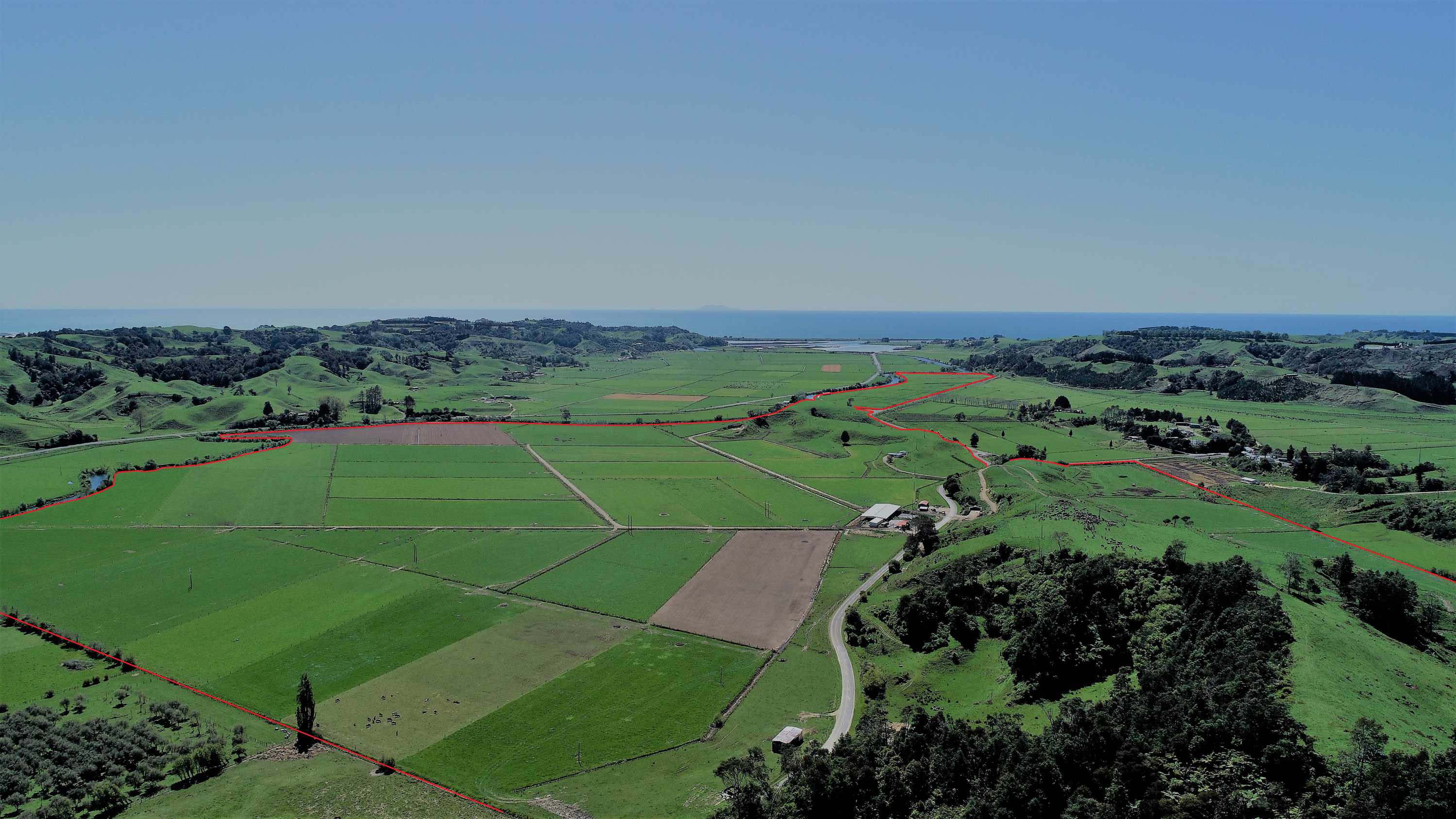A dairy farm owned by two former regional Sharemilker of the Year winners has been placed on the market for sale as part of a plan to diversify their rural business interests.
The 140.6-hectare farm located some 19 kilometres south-west of Opotiki in the Eastern Bay of Plenty is owned by 2001 Bay of Plenty Sharemilker of the Year title winners Dean and Sharyn Petersen. It is one of three dairy and diary-support farms the Petersen’s own in the region.
The property sustains milking of 320 cows on a De Laval system - averaging 119,620 kilogrammes of milk solids per season over the past four years, as well as producing a substantial maize silage tonnage annually for stock feed.
The Petersen’s freehold property at 98 Waiotahi Valley Road is being marketed for sale by auction at 1pm on November 28 through Bayleys Tauranga. Salesperson Rhys Mischefski said the flat contour of the property ensured some 90 percent of the landholding was included within the milking platform.
The property is divided into some 60 paddocks separated by electric post and wire fencing over a topography of predominantly flat grazing blocks with some steeper sidling hills.
Mr Mischefski said the property produced between 28 – 30 tonnes of maize silage annually from seven hectares of pasture, while an additional 40 tonnes of palm kernel was annually brought in as supplementary feed.
“The near-coastal location of this property underpins a reliable mild climate which is ideal for pastural farming – receiving some 1,500 millimetres of rain annually. Good quality bore water is reticulated to all paddocks via a 40mm main line,” he said.
“This layout of the farm, topography, climatic influence, and silt loam soil type of this block make it a strongly-performing farm with relatively low input requirements.
“The property has an extensive fertiliser application history which has sustained the soil’s nutrient levels to enable consistently high levels of pasture growth on a near year-round basis.”
Building
Infrastructure on the property consists of:
• A
24-aside herring bone milking shed with adjoining feed
pad
• A six-bay round hay barn
• A concrete silage
bunker
• A four-bay implement shed/workshop
• A
four-bay calf-rearing shed
• Covered fertiliser or palm
kernel bin
and
• A three-bedroom homestead adjacent
to a fully self-contained sleep-out
Mr Mischefski said gravel for the multiple lanes and cattle races across the farm was mined from a pumice quarry pit within the property. Effluent was treated on the property in a designated pond before being spread across the pasture.
“With the maize production, the effluent-based fertilisation, and the rock mining combined, this is a near self-sufficient farming operation,” he said. “Utilisation of the highly-automated milking system enables the farm to be run at input per kilogramme of milk solids rate far better than the industry standard.”




 Business Canterbury: Urges Council To Cut Costs, Not Ambition For City
Business Canterbury: Urges Council To Cut Costs, Not Ambition For City Wellington Airport: On Track For Net Zero Emissions By 2028
Wellington Airport: On Track For Net Zero Emissions By 2028 Landcare Research: ANZAC Gall Fly Release Promises Natural Solution To Weed Threat
Landcare Research: ANZAC Gall Fly Release Promises Natural Solution To Weed Threat NZ Anti-Vivisection Society: Auckland Rat Lovers Unite!
NZ Anti-Vivisection Society: Auckland Rat Lovers Unite! University of Canterbury: $1.35 Million Grant To Study Lion-like Jumping Spiders
University of Canterbury: $1.35 Million Grant To Study Lion-like Jumping Spiders Federated Farmers: Government Ends War On Farming
Federated Farmers: Government Ends War On Farming



